As solar energy becomes an increasingly popular renewable resource, the variety of solar installations available is expanding to suit different settings and energy needs. Here’s a look at the main types of solar installations, from residential rooftops to large-scale solar farms, each tailored to harness solar energy in distinct ways.
1. Rooftop Solar Systems
Residential Rooftop Systems
Rooftop solar installations on individual homes are the most common and accessible type of solar energy system for residential energy independence. These systems typically consist of photovoltaic (PV) panels installed on rooftops, designed to meet a portion or even the entirety of a household’s electricity needs. Rooftop systems can be connected to the grid with net metering, allowing homeowners to earn credits for excess energy sent back to the grid.
Commercial Rooftop Systems
Commercial buildings with large rooftop spaces, like warehouses and shopping centers, often install solar systems to offset electricity costs and reduce environmental impact. These systems are larger than residential installations and may be part of a company’s broader sustainability initiative, powering lighting, heating, and other building operations. Some companies even rent out their roof space to solar providers, creating revenue while promoting renewable energy.
2. Ground-Mounted Solar Installations
Ground-mounted solar systems are installed directly on the ground rather than on a rooftop. These are ideal for homes or businesses with ample land and limited roof space or for those seeking a larger energy output. Ground-mounted systems allow for optimal panel positioning and typically involve two main types:
- Fixed-Tilt Systems: These systems are positioned at a fixed angle to maximize exposure to the sun. They’re simple to install and maintain, making them a cost-effective choice for many users.
- Solar Tracking Systems: These systems use mechanical tracking technology to follow the sun’s movement throughout the day, which increases efficiency by 15–25%. Though more expensive than fixed-tilt systems, tracking systems are popular in large-scale applications where maximizing energy output is crucial.
3. Solar Farms (Utility-Scale Solar)
Solar farms, or utility-scale solar, are large installations that generate massive amounts of electricity for direct contribution to the power grid. Solar farms can span hundreds or thousands of acres and use either PV panels or concentrated solar power (CSP) technology. They can be broken down into two primary types:
- Photovoltaic (PV) Solar Farms: These utilize thousands of PV panels to generate electricity for the grid. They are a widely used type of solar farm due to their versatility, and they can be installed in both rural and suburban locations.
- Concentrated Solar Power (CSP) Systems: CSP systems, less common than PV systems, use mirrors or lenses to focus sunlight onto a small area to create heat. This heat generates steam that drives turbines, producing electricity. CSP is typically used in areas with high sunlight exposure and is most effective when coupled with storage solutions, allowing power generation even after sunset.
4. Community Solar Gardens
Community solar gardens offer a solution for those unable to install solar panels on their own property, such as apartment dwellers or homeowners with shaded roofs. These installations are shared solar arrays owned by a group of individuals, a utility, or a third-party company. Subscribers or members receive a share of the electricity generated by the community solar garden, often through credits on their utility bills. This approach allows more people to access solar energy without the need for personal installations.
5. Floating Solar Farms (Floatovoltaics)
Floating solar farms, also known as “floatovoltaics,” are an innovative solution for locations with limited land area. Installed on water bodies like reservoirs, lakes, or even wastewater treatment facilities, these floating systems reduce water evaporation and help control algae growth. Floating solar farms also benefit from the natural cooling effect of water, which enhances the efficiency of PV panels. While they are still emerging, floatovoltaics are gaining traction in densely populated countries like Japan and Singapore.
6. Building-Integrated Photovoltaics (BIPV)
Building-integrated photovoltaics (BIPV) combine solar technology with architectural elements. BIPV systems incorporate solar panels into building materials like windows, facades, or rooftops. They’re especially popular in urban areas where space for conventional solar installations is limited. In addition to generating energy, BIPV can enhance the aesthetic appeal of a building, merging functionality with design. Though currently more costly, advancements in BIPV technology may make it more accessible in the coming years.
7. Solar Canopies and Carports
Solar canopies and carports are designed to provide shade while generating electricity. Found in parking lots, public spaces, and residential driveways, these structures use solar panels as roofing, capturing sunlight to produce power while providing a functional space underneath. They are especially popular in commercial areas, universities, and airports, turning large parking areas into renewable energy sources.
Conclusion
The diversity of solar installations enables renewable energy to reach various sectors, from individual households to large utility providers. Each type of installation has its advantages, allowing users to select the most suitable system for their environment, energy needs, and budget. As technology advances and solar panel costs continue to decrease, the range of options for solar energy integration will likely expand, helping to pave the way for a sustainable energy future worldwide.
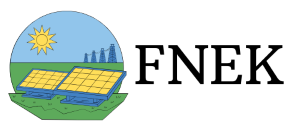
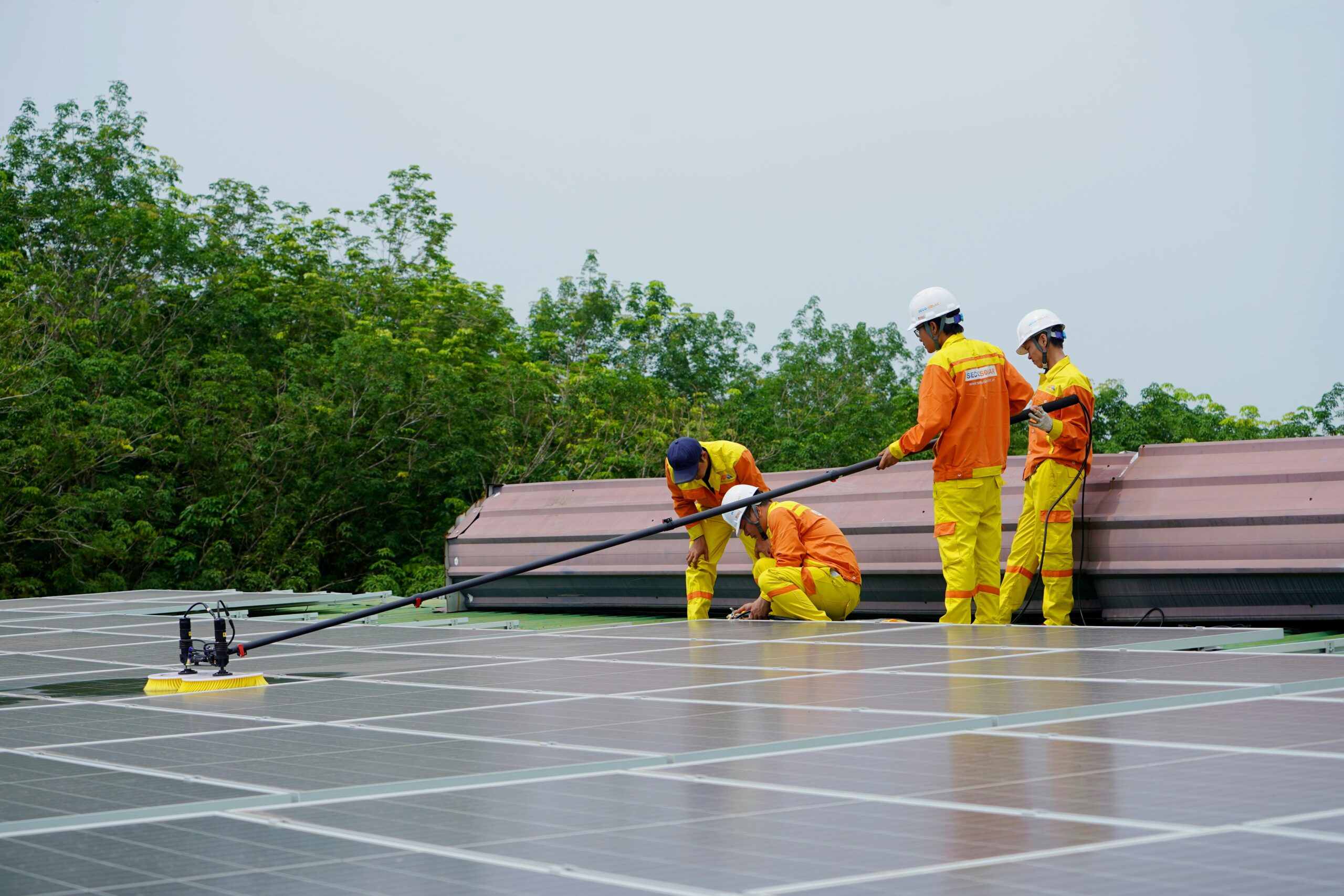
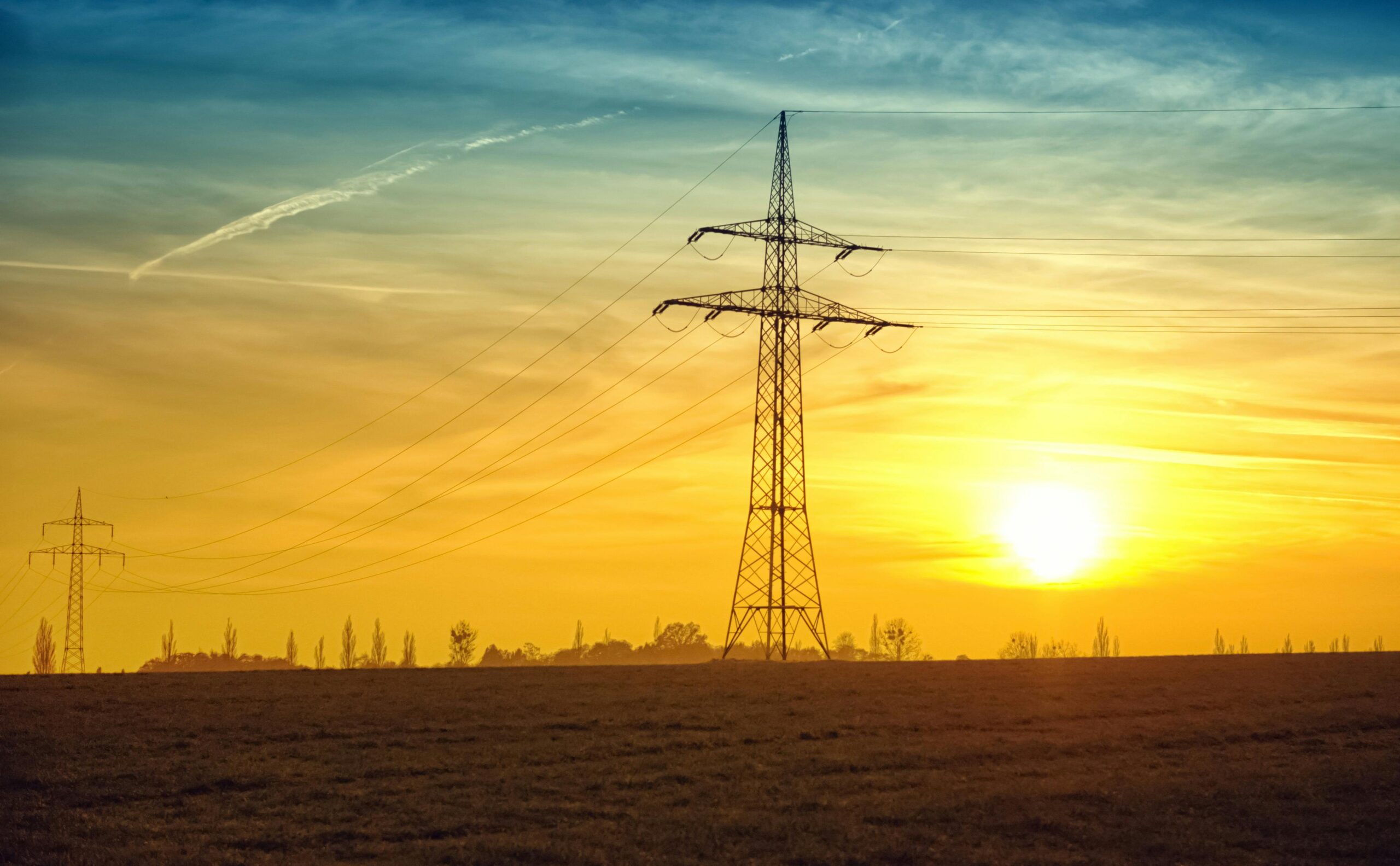
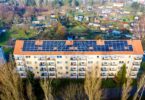


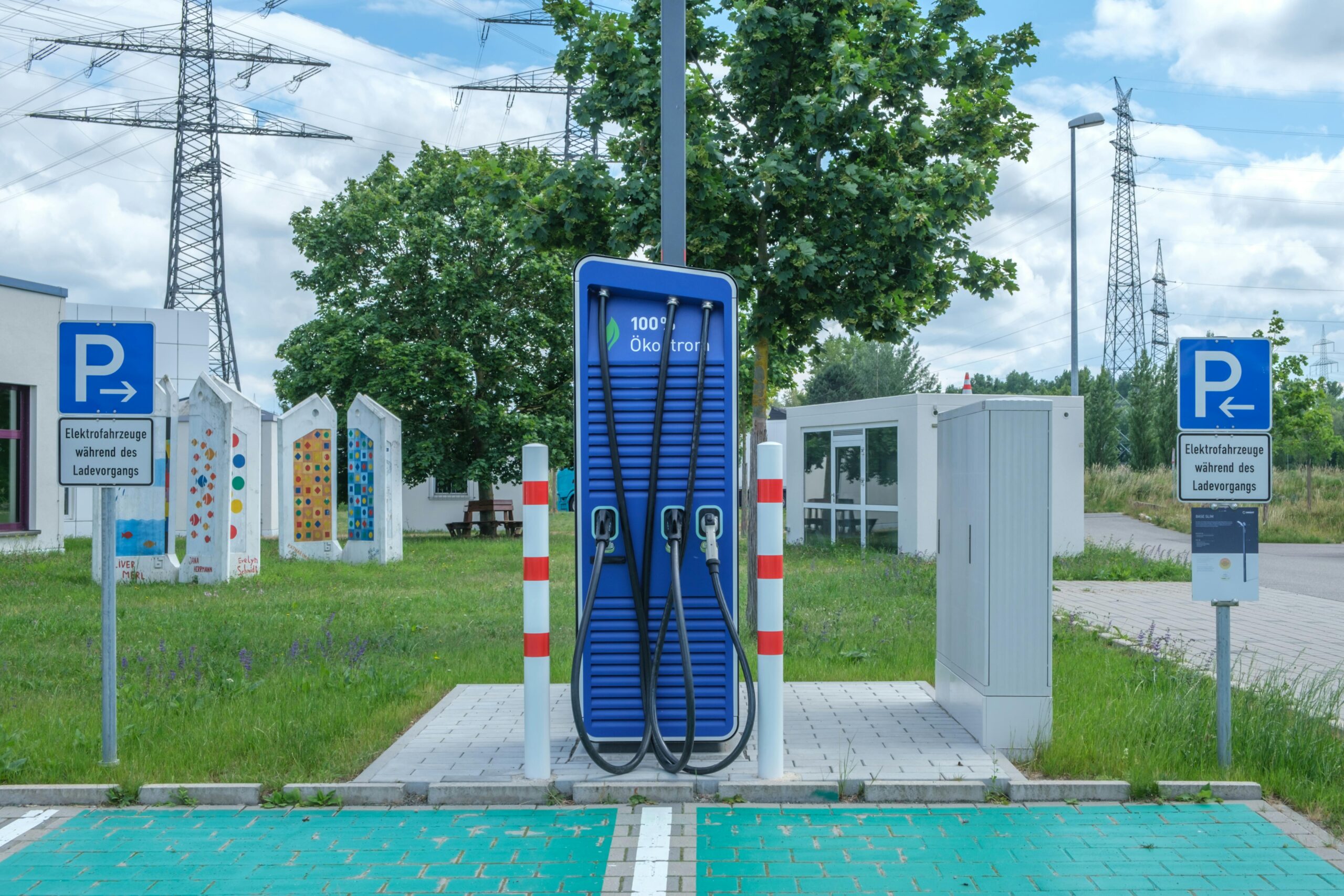

Leave a Comment